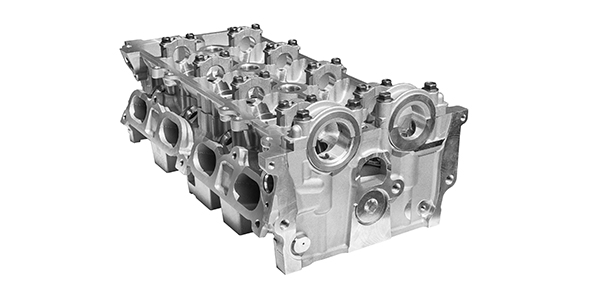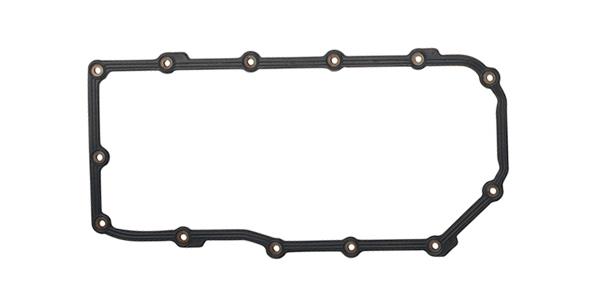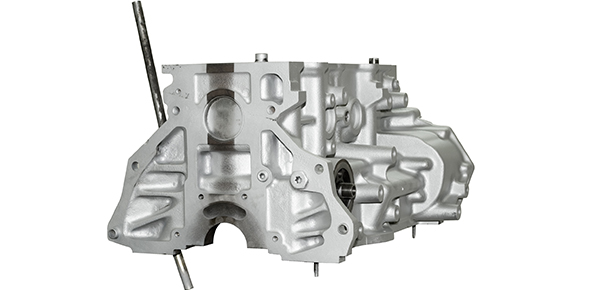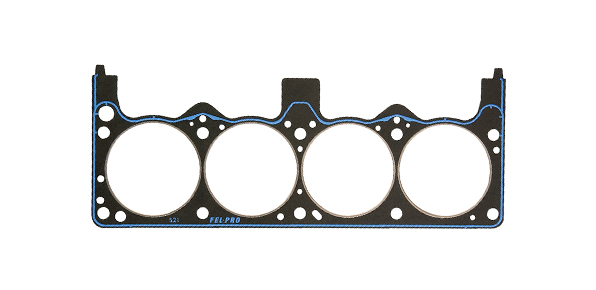What is a gasket in a car?
From the front to back bumpers, your vehicle features hundreds of parts, both large and small. It takes all these parts to make your car run smoothly on the road. Gaskets are one of those small parts that you might not give much thought to.
Automotive gaskets are sealing and cushioning material, frequently placed between two surfaces joined by bolts. Mechanics commonly replace a gasket when performing major work on the engine. In order to better understand what automotive gaskets are and how they function, we’ll examine two major components of the internal combustion engine: the engine block and cylinder head.
Engine block with crankcase – the bottom of an engine
An internal combustion engine begins as a single block of aluminum, iron or alloy (a mixture of the main metal and other metals or non-metals). Cylindrical combustion chambers or cylinders occupy the top of the block and lead to a well or crankcase in the lower part of the block. The cylinders house pistons that provide compression during the combustion process. The crankcase derives its name because it contains the crankshaft.
• Four cylinder engines have four cylinders centered in the engine, evenly spaced front to back.
• Six cylinders can be arranged as an inline six cylinder engine or positioned in a V-shape with three cylinders on the right and three on the left.
• Eight cylinders are aligned right and left and are commonly referred to as a V-8.
Crankshaft
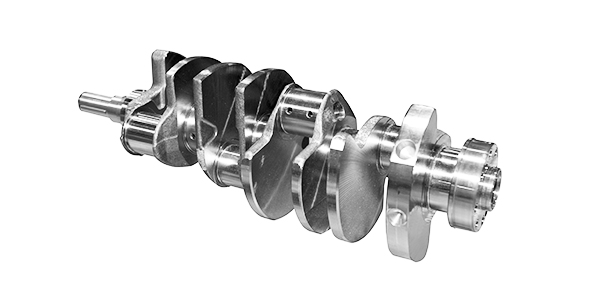
The crankshaft is a steel bar with four, six or eight uniformly U-shaped counterweights and lobes or journals spaced equally from front to back. Piston assemblies, smaller cylinder-shaped blocks connected to rods at movable wrists, connect to the crankshaft at the crankshaft journals. This is where the circular motion of the crankshaft is transformed into the up and down strokes of the piston. The front of the crankshaft is connected to the camshaft (located in the cylinder head) by way of gears, timing chains, and timing belts.
Pistons

Piston assemblies are manufactured from aluminum, iron or alloy. They are fitted with rings that act as guides as each piston rides up and down the inside of a cylinder. The size of the cylinders and the fitness of the pistons translate into horsepower or energy output.
Oil pan gasket
When the engine is running, oil flows through by way of oil ports; the oil lubricates all the moving parts inside the engine. The oil is held in the oil pan, which is bolted to the bottom of the crankcase. The oil pan gasket sits between the oil pan and the crankcase providing a cushion and a seal.
The oil pan gasket is made from durable materials such as aluminized steel coated in rubber or a rubber compound. The seal compensates for expansion and contraction caused by changes in heat. The cushion prevents wear and tear during vibrations.
Cylinder head and valve cover – the top of an engine
The cylinder head is cast in much the same way as the engine block. It contains the camshaft and valves that provide air-mixed fuel to the cylinders, valves that allow exhaust to escape, and spark plugs that ignite the fuel in the cylinders at the peak of compression. Air-mixed fuel, spark and compression are the three fundamentals of the internal combustion engine.
The cylinder head or heads (in a V-shaped engine) are bolted to the top of the engine block. The camshaft, lifters, springs and rocker arms are bathed in engine oil. In order to contain the oil, a removable valve cover manufactured from considerably thinner aluminum, steel or alloy is bolted on top of the head.
Head gasket and valve cover gasket
Like the oil pan, the head and valve covers are removable and require gaskets to seal properly. Much like the oil pan gasket, the valve cover gasket is a relatively thin one-piece gasket that lines the outer edges of the valve cover where it meets the cylinder head.
The head gasket not only lines the outer edge of the head, but also lines areas in between the cylinders, around coolant and oil ports, bolts and guide pins. Like the oil pan gasket, the valve cover and head gaskets are made from a variety of durable materials such as steel, stainless steel, or aluminized steel coated in rubber or some form of rubber compound.
Learn more about Fel-Pro quality gaskets that are specifically designed for the repair environment, find your car part, or find where to buy your auto part today.
The content contained in this article is for informational purposes only and should not be used in lieu of seeking professional advice from a certified technician or mechanic. We encourage you to consult with a certified technician or mechanic if you have specific questions or concerns relating to any of the topics covered herein. Under no circumstances will we be liable for any loss or damage caused by your reliance on any content.
Other Parts For Your Vehicle
Fel-Pro® offers a wide variety of auto parts for all your vehicle needs.
Check them out today!
